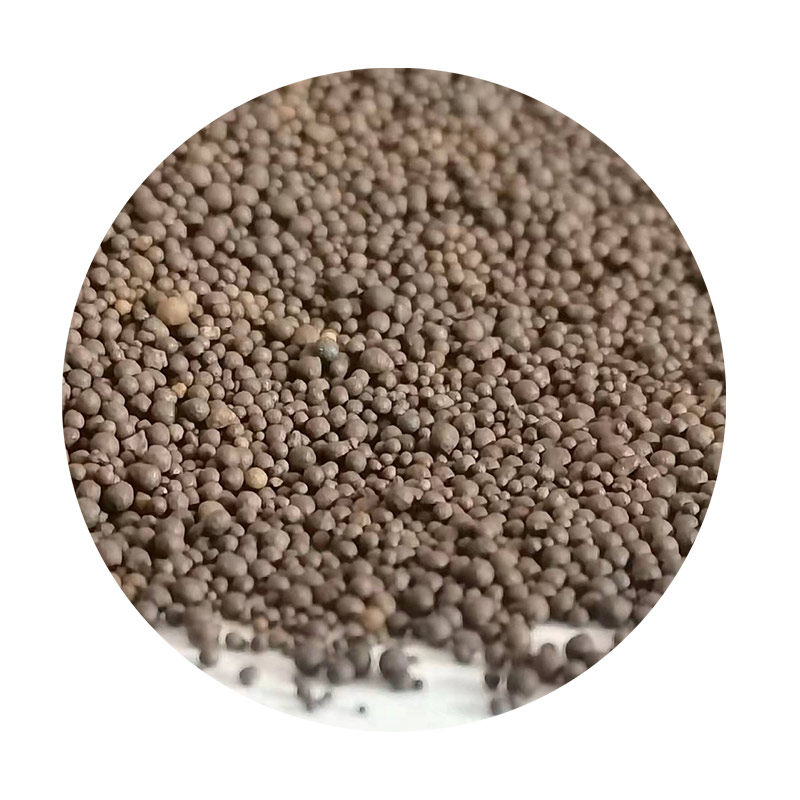3D Printing and Sand Casting A Revolutionary Duo in Manufacturing
The manufacturing industry has witnessed transformative advancements over the past few decades, but few innovations have been as impactful as 3D printing and sand casting. Both methods are distinct yet share a symbiotic relationship, allowing manufacturers to harness their unique strengths in producing complex geometries and high-quality components efficiently.
3D printing, also known as additive manufacturing, is a process that creates three-dimensional objects layer by layer from a digital model. This method allows for intricate designs that would be difficult or impossible to achieve with traditional manufacturing techniques. The versatility of 3D printing is further enhanced by the diverse range of materials that can be utilized, including plastics, metals, and ceramics. This has made 3D printing a popular choice in various industries, from aerospace to healthcare, where custom parts and rapid prototyping are essential.
3D Printing and Sand Casting A Revolutionary Duo in Manufacturing
The integration of 3D printing with sand casting is proving to be a game-changer. The traditional process of creating molds for sand casting typically requires significant time and labor. However, with 3D printing, manufacturers can swiftly produce mold components that are highly precise and tailored to specific requirements. This capability not only reduces lead times but also enhances the quality and consistency of the cast parts.
3d printer sand casting

One of the most significant advantages of using 3D printing in sand casting is the ability to create complex geometries that would otherwise be challenging to achieve. Often, intricate internal features, cooling channels, or lightweight designs are required for high-performance components. 3D printing enables designers to experiment with their creativity without being constrained by the limitations of traditional mold-making techniques.
Another beneficial aspect is the reduction of material waste. Traditional sand casting techniques can be inefficient, as excess material is often removed during the machining process to attain the desired final shape. With 3D printing, however, the mold can be designed to closely match the final product's specifications, minimizing waste and the associated costs.
Furthermore, this combination offers significant benefits regarding sustainability. By streamlining processes and reducing waste, manufacturers can lower their environmental impact. Additionally, as industries seek to adopt more sustainable practices, the relationship between 3D printing and sand casting becomes increasingly attractive for environmentally conscious companies.
In conclusion, the intersection of 3D printing and sand casting presents a revolutionary approach to manufacturing. Together, they offer unparalleled efficiency, precision, and design freedom, addressing the evolving demands of modern industry. As technology continues to advance, the potential for further innovations within this realm is promising, marking the beginning of a new era in manufacturing excellence.
Post time:Okt . 31, 2024 18:24
Next:Top Manufacturers in Lost Foam Casting Technology and Solutions
